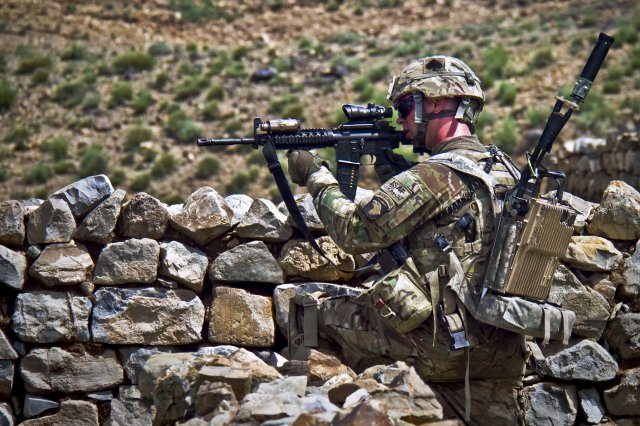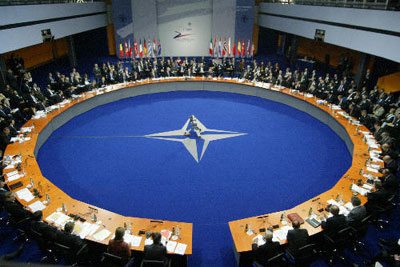The Army has seen recent innovations in how it operates — from Pacific Pathways and network experimentation to greater interoperability with European partners.
But the pace of innovations needs to pick up if the Army and the joint force are to continue to maintain their edge against enemies who are also increasingly becoming adaptive and innovative, said Lt. Gen. H. R. McMaster, director of Army Capabilities Integration Center, or ARCIC.
McMaster spoke at a media roundtable, Feb. 4, to discuss a recent ARCIC-sponsored symposium on innovation, attended by both military and civilian innovation experts.
The recently released Army Operating Concept defines innovation as critical and creative thinking and a conversion of new ideas into valued outcomes, McMaster said.
Innovation drives the use of new tools and methods that permit forces to anticipate future battlefield demands and to stay ahead of determined enemies, he said, adding innovation is a means to an end, not just an end in and of itself.
Symposium participants focused on how the Army thinks, learns and applies what it learns to innovation, he said, and they found room for improvement.
INSIGHTS FROM INNOVATORS
New technology has rarely driven innovation in and of itself, McMaster said, summarizing one of the conclusions drawn at the symposium. “New technology can be a catalyst, but it isn’t the fundamental driver,” he said.
In other words, he said, new technology can often be put to effective use, but only after the Army figures out how it fits in the broader context of doctrine, organization, training, materiel, leadership, personnel and facilities, commonly referred to as DOTMLPF.
Putting technology or solutions to use across DOTMLPF implies collaboration, he said. Right now, there are too many “stovepipes” getting in the way of collaborating. For instance, doctrine, training, acquisition, and warfighter efforts are often done in isolation. Even fires, maneuver and sustainment are all approached from separate angles.
One impediment to innovation is bureaucratic procedures, McMaster said. Acquisition reform, for example, needs to take place to speed the pace of innovation.
Materiel solutions are not the final word in innovation. The “human dimension” also plays a role in innovation, he said. System design needs to take into account the cognitive, physiological and emotional capabilities of Soldiers. That means conducting realistic user testing and using that feedback to drive design.
Borrowing ideas is another way of innovating, he said. The Army must continue scouting for technology in the private sector and even within the militaries of other nations.
“If you want to innovate, the last thing you need to do is invent,” he said.
The Army must also foster a culture or climate for innovation that is not overly risk averse, he said. This is where good leadership plays a role.
Finally, innovation needs to be a joint effort with other services, since the Army operates within the joint force, he said.
The Army provides “foundational capabilities” to the combatant commander, he said, such as theater logistics, communications, theater ballistic missile defense and intelligence capabilities.
While innovations by sister services in air, sea, space and cyber are important, threats in all of those domains emanate from land, McMaster said.











